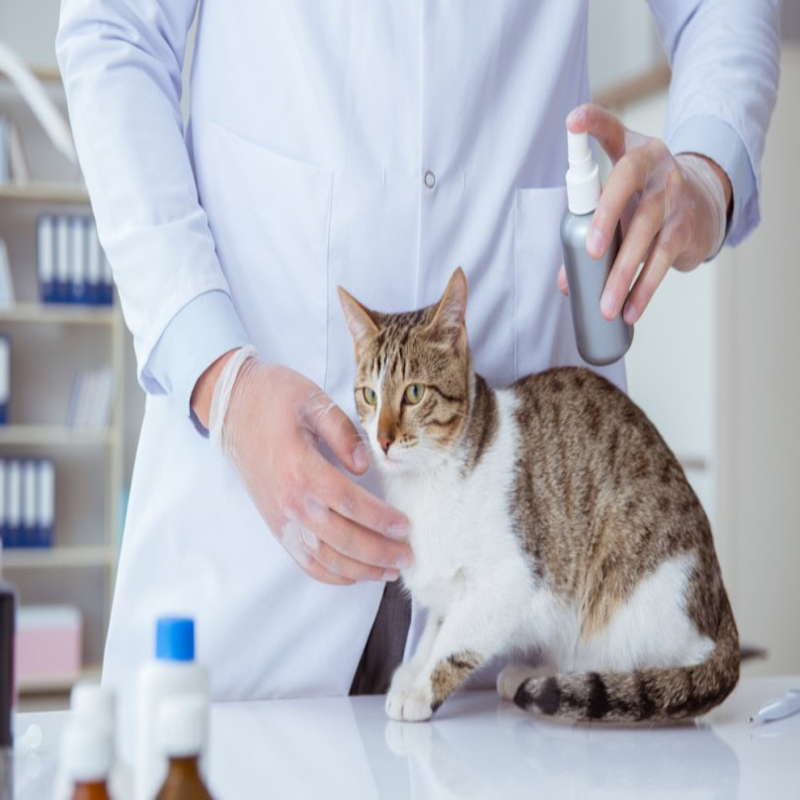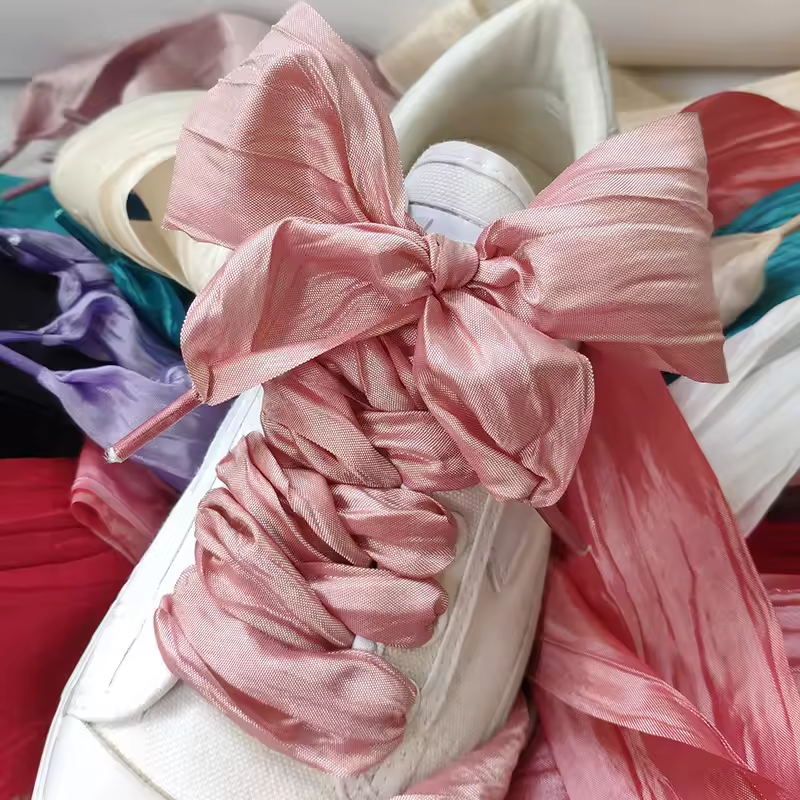Identifying the Material of Your Shoes
Before tackling cat urine odor from your shoes, identify their material. Different materials require specific cleaning methods, optimizing your chances of success. Common shoe materials include leather, suede, canvas, and synthetics. Each has unique properties affecting how you should approach urine removal and deodorization.
For leather shoes, avoid water exposure as it can damage them. Suede demands a gentle, dry-cleaning method to prevent matting or staining. Canvas shoes, on the other hand, can often withstand heavier washing and moisture. Synthetics vary, but generally allow for more vigorous cleaning methods. Knowing your shoe’s composition is foundational for effective deodorizing and stain removal strategies.
Pre-Treatment Methods for Different Shoe Types
Before diving into a deep clean, pre-treating your shoes can make all the difference. Depending on the material your shoes are made of, pre-treatment methods will vary. Here are some general steps to help get you started:
- Leather Shoes: Begin by wiping the shoes with a soft cloth to remove surface dirt. Apply a small amount of leather cleaner or a mixture of water and mild soap. Avoid soaking leather as it can cause damage.
- Suede Shoes: For suede, use a dry brush to gently remove dirt and debris. If the urine is fresh, blot with a paper towel. Do not wet suede shoes, as water can stain them.
- Canvas Shoes: Canvas can handle more moisture. Rinse the shoes with cold water, then blot the excess with a towel. A mild detergent can be applied directly to the affected area.
- Synthetic Shoes: Synthetics often withstand stronger cleaning agents. Start by rinsing under cold water and then apply a cleaning solution suitable for the specific type of synthetic material.
Remember, always test a small, inconspicuous area first to ensure that the cleaning method does not cause discoloration or damage. Pre-treatment is just the beginning of the process, preparing your shoes for a more thorough cleaning to remove those stubborn cat urine odors and stains.
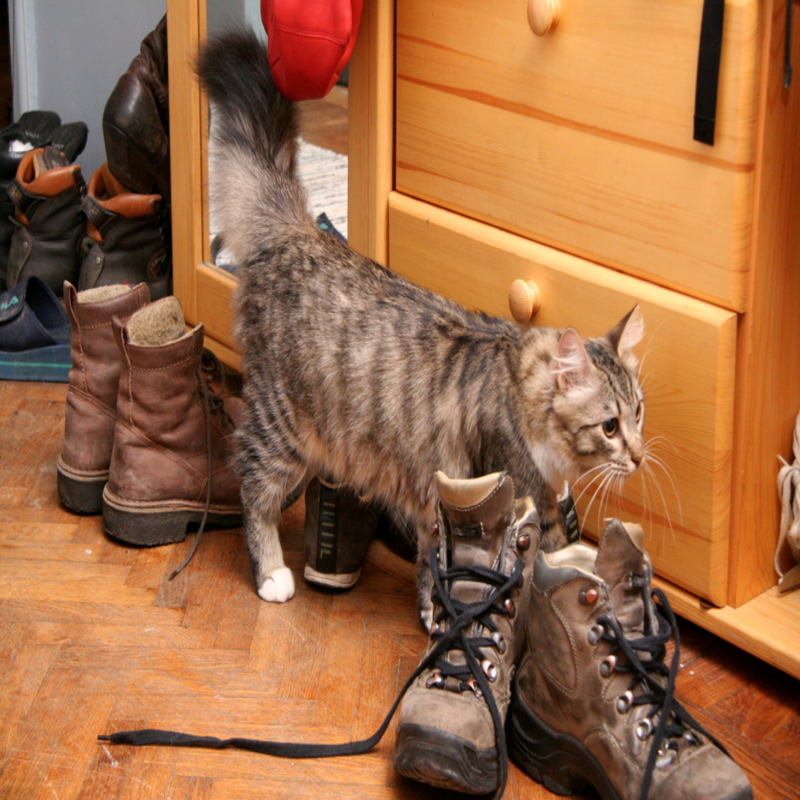
Step-by-Step Guide to Removing Urine Smell and Stains
Removing cat urine smell and stains from shoes can be a daunting task, but following these steps can make the process more manageable and effective.
Pre-Cleaning and Absorbing Techniques
Begin by blotting up as much urine as possible with paper towels or a clean cloth. This helps to minimize the urine seeping deeper into the material. For materials like canvas or synthetic, you can gently rinse the area under cold running water after blotting to dilute the urine further before cleaning.
Detailed Cleaning Process
Start by applying a cleaning solution appropriate for your shoe’s material. Leather shoes benefit from specialized leather cleaners, while suede should only get a dry brush treatment unless a specific suede cleaner is used. For canvas and synthetic materials, a mixture of water and mild detergent works well. Apply the cleaner, gently scrub with a soft brush, and rinse thoroughly if the material allows. Always conduct a spot test to ensure the cleaner won’t damage the material.
Natural and Commercial Deodorizing Solutions
After cleaning, deodorizing your shoes is crucial to remove any lingering odors. Baking soda is great for natural deodorization: just sprinkle it inside the shoes and leave it overnight, then vacuum or shake it out the next day. For more severe cases, commercial enzyme cleaners specifically designed for pet odors are highly effective, breaking down the urine at a molecular level to neutralize the odor completely.
Remember, prompt and appropriate action is essential in effectively removing cat pee smell and stains from shoes. Following these steps ensures your shoes are clean, odor-free, and wearable again.
Preventive Measures to Protect Your Shoes from Cat Urine
Safeguarding your shoes from cat urine accidents is crucial for preventing repeat incidents. Here are effective strategies you can employ:
- Store Shoes Properly: Keep them in a closed closet or a shoe rack with a cover. Cats are less likely to target shoes that aren’t easily accessible.
- Use Cat Repellents: Natural deterrents like citrus peels or a light spray of vinegar can keep cats away. Most cats dislike these smells.
- Maintain Clean Litter Boxes: Ensure that your cat’s litter box is clean and appealing. A dirty litter box often pushes cats to find other places, like your shoes, to relieve themselves.
- Provide Adequate Boxes: Have one more litter box than the number of cats in your home. This reduces competition and prevents unwanted urination elsewhere.
- Attention to Behavior: Watch for signs of stress or anxiety in your cat. Offer comfort and try to stabilize their environment to reduce stress-related urination.
- Restrict Access: If certain pairs of shoes are frequently targeted, consider temporarily restricting your cat’s access to those areas.
- Regular Veterinary Checkups: Regular healthcare reduces the risk of medical issues that could lead to urinating outside the litter box.
Implementing these measures can significantly reduce the likelihood of cat urine ruining your footwear. Prevention is always better than a cure.
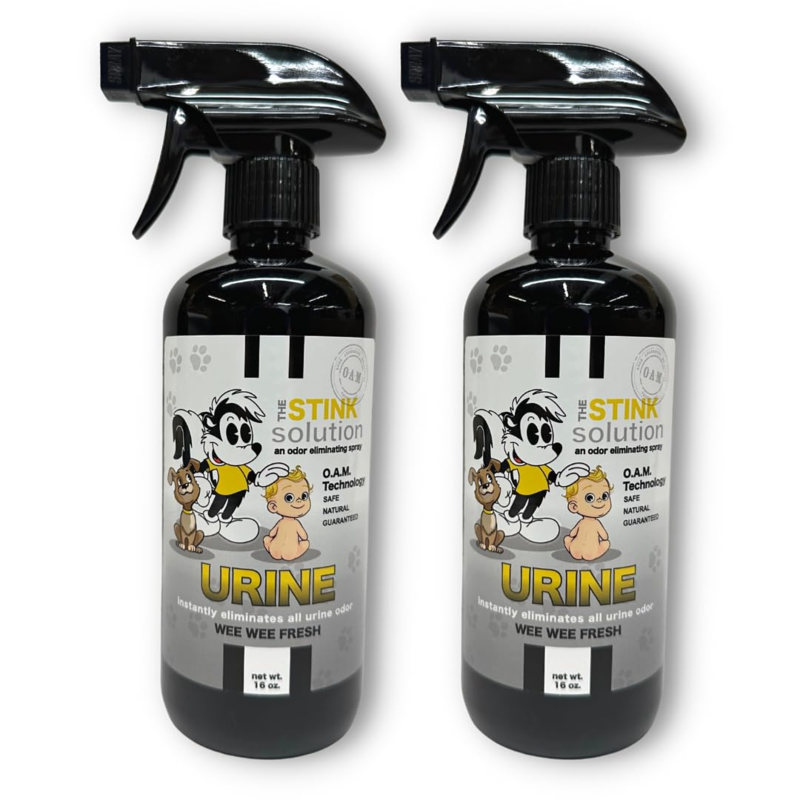
Addressing the Root Cause: Why Cats Urinate on Shoes
Understanding why cats urinate on shoes can help prevent future incidents. There are primarily two categories of reasons: medical and behavioral.
Medical Reasons
Several health issues could lead cats to urinate outside their litter box. Common medical conditions include urinary tract infections (UTIs), diabetes, and kidney diseases. These conditions make urination painful or more frequent, leading cats to associate discomfort with their litter box and urinate elsewhere, like on shoes. Always consult a veterinarian if sudden changes in your cat’s urination patterns occur.
Behavioral Issues
Behavioral reasons for cats urinating on shoes include stress, anxiety, or territorial marking. Changes in the household, such as new pets or family members, can stress your cat. Additionally, if your cat feels their territory is threatened, they might urinate on your shoes to mark it as their own. Managing your cat’s environment and providing comfort can help minimize these issues. Using pheromone diffusers or providing hiding spaces can also ease anxiety and discourage marking behaviors.
Recommended Products for Urine Odor and Stain Removal
Finding the right products to remove cat urine odor and stains is essential. Here’s a rundown of effective solutions:
- Enzyme-Based Cleaners: These cleaners break down urine at a molecular level, neutralizing odors thoroughly.
- Apple Cider Vinegar: A natural cleaner, apple cider vinegar can help neutralize odors. Mix with water and spray on the affected area.
- Baking Soda: Good for absorbing odors. Sprinkle it inside the shoe, let sit overnight, and shake out or vacuum.
- Hydrogen Peroxide: This can help lift stains and reduce odors on colorfast materials. Test on a small area first.
- Specialized Leather Cleaners: For leather shoes, use products designed for leather to avoid damage.
- Commercial Odor Removers: These products are specifically made to tackle pet smells and can be very effective.
Remember, always read labels and conduct a patch test to ensure the product won’t harm your shoes. Each type of cleaner is formulated for different materials and levels of odor intensity.
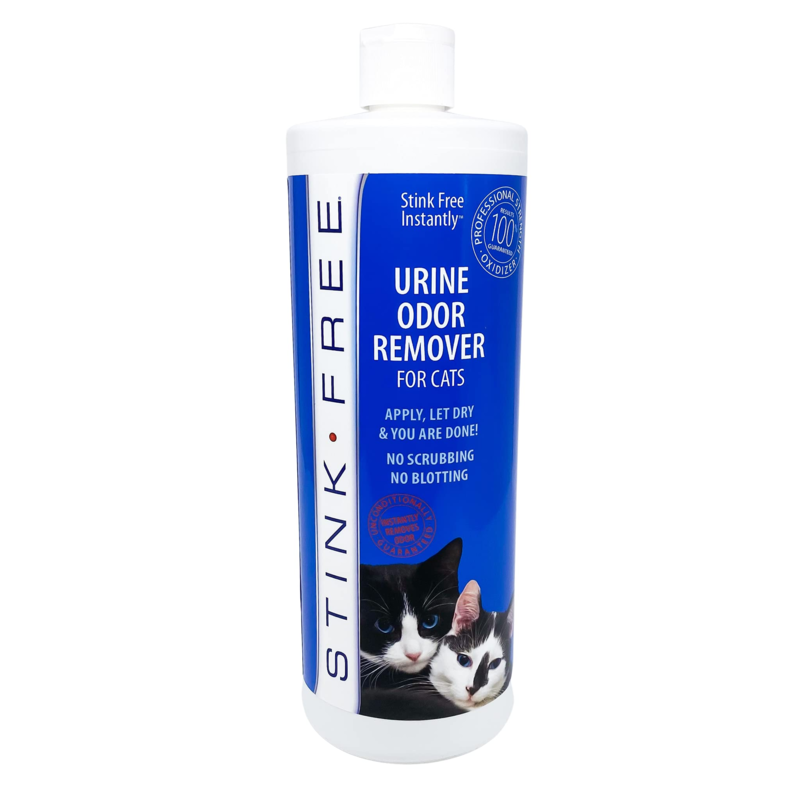
Professional Advice on Maintaining Shoe Hygiene Post-Cleanup
Once you’ve tackled cat pee odor and stains in your shoes, maintaining shoe hygiene is crucial. Here are simple yet professional tips to keep your shoes in top condition:
- Air Out Regularly: After wearing your shoes, let them air out. This prevents moisture buildup, which can lead to unpleasant odors.
- Use Shoe Trees: For leather and suede shoes, insert shoe trees to maintain their shape and absorb moisture.
- Apply Protective Sprays: Use water-protection sprays for materials prone to damage. This helps to repel future stains and odors.
- Rotate Shoes: Give your shoes a break. Wearing different pairs allows each to dry out completely between uses.
- Store in a Dry Place: Keep your shoes in a dry, cool area. Avoid damp locations to prevent mold growth.
- Regular Cleaning: Even without urine incidents, regular cleaning keeps shoes fresh. Follow appropriate methods for each material type.
By following these steps, you can ensure your shoes remain fresh and clean long after the initial cleanup. Regular attention prevents future issues and extends the life of your footwear.
